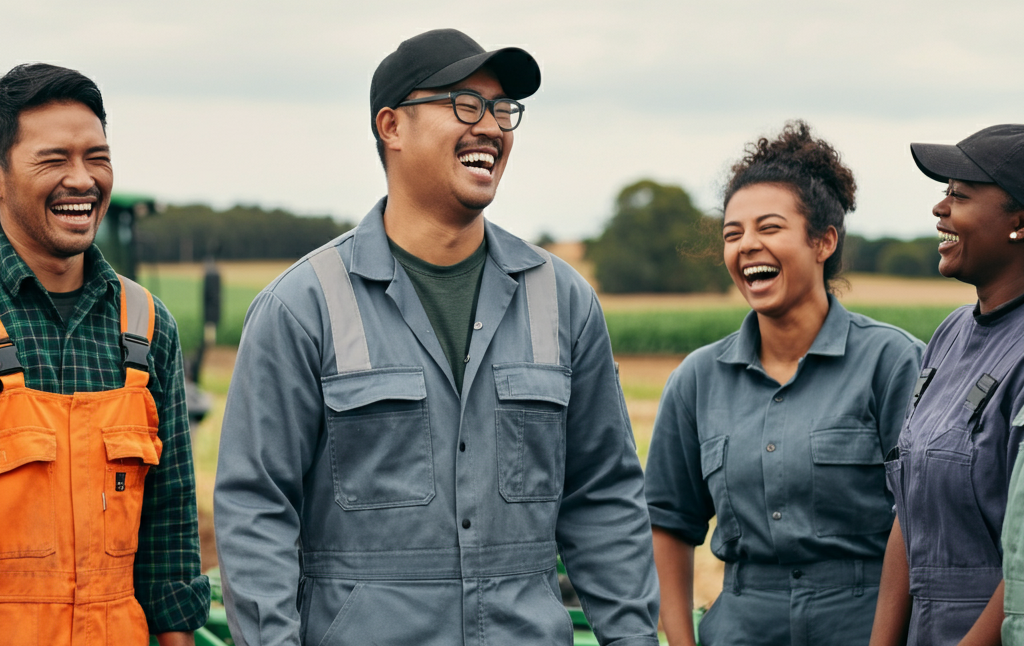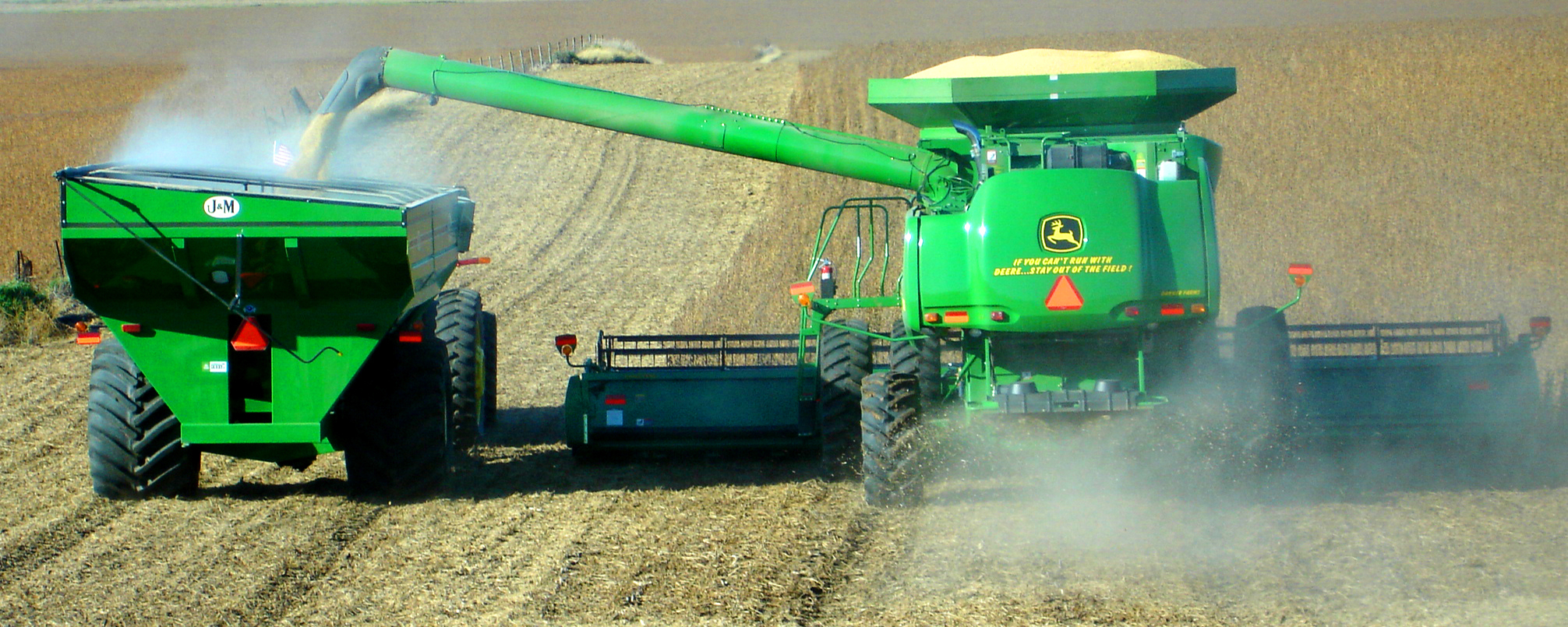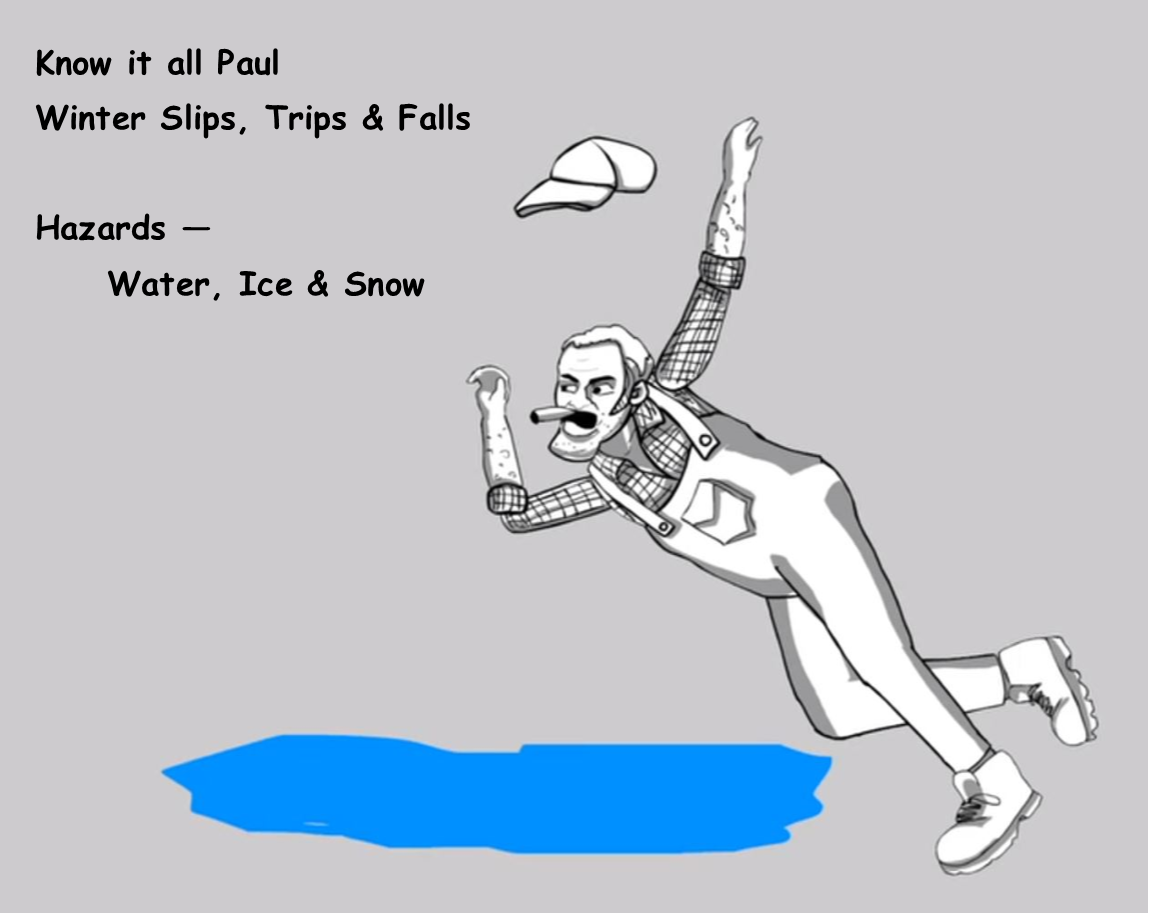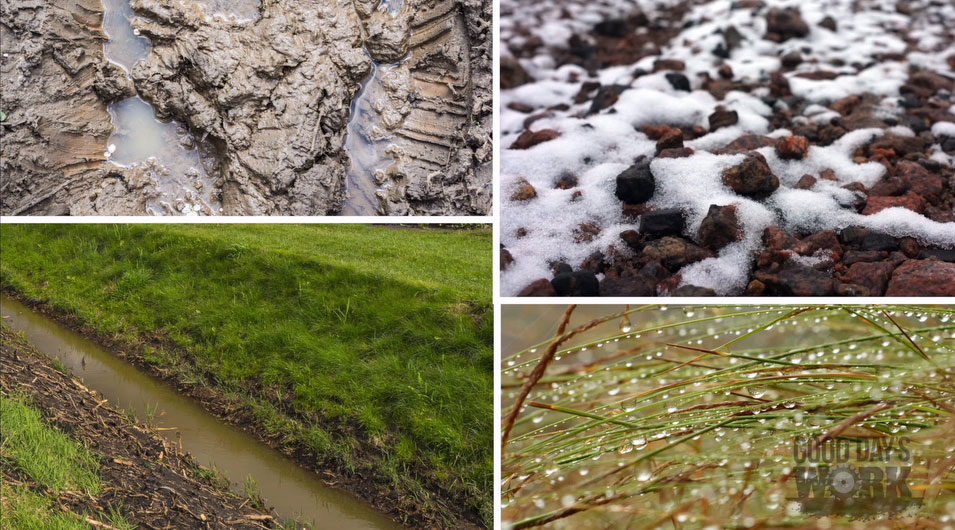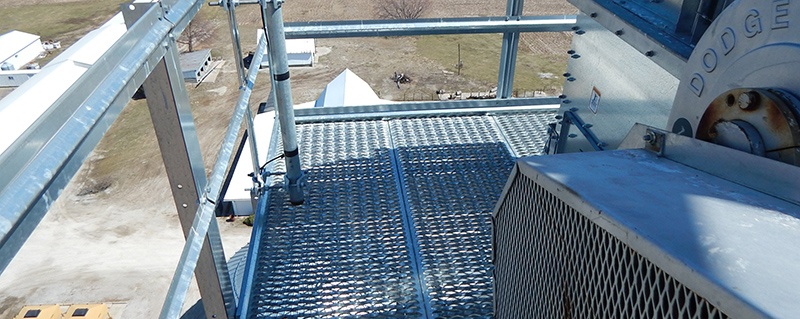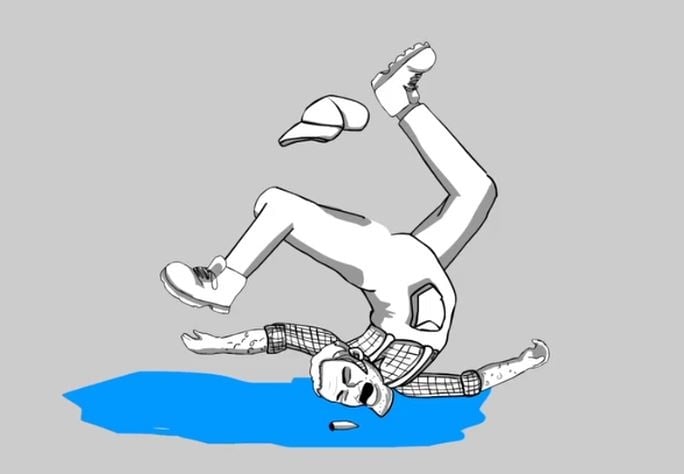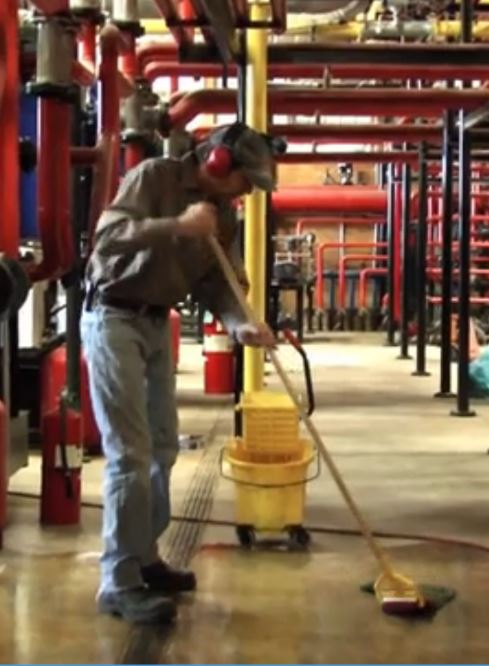When it comes to agriculture, rewarding work often comes with risks. Agriculture is one of the most hazardous industries, and the dangers farmers and agricultural workers face daily are often unseen by the public. According to the U.S. Bureau of Labor Statistics, the fatality rate in agriculture is seven times higher than the average across all private industries. However, many of these risks can be mitigated with proper safety measures, training, and awareness.
Topics: safety culture, heat stress, slips/trips/falls, hazardous waste, rollover (ROPS), ROPS, Grain Bin Entry, Safety Hazards, Common Dangers in Agriculture, Grain Handling, Ladder Safety
During busy seasons, farm safety can take a backseat to other business priorities critical to success. However, safety needs to be part of your critical success factor. Just one accident could affect your ag operation personally and financially, especially if it could have been prevented. Plan your pre-harvest training and safety meeting now to set tone for how your agribusiness will operate for the remainder of the year.
Topics: safety culture, farm, slips/trips/falls, personal protective equipment (PPE)
Slip, trip and fall (STF) injuries are common in agribusiness, especially in the winter time. Prepare now to minimize slip, trip and fall hazards around your facilities and before the ice and snow arrive. Grab a clipboard and pad and make a list of the top 3-5 most obvious areas that have given employees problems in the past. Then get feedback from employees where they feel STF hazards are around the operation. Next do a walk around to find areas that are potential walking and working surface hazards. This should include areas where there is clutter, reduced or blocked exits, uneven surfaces and areas where water, ice or snow can accumulate.
Topics: seasonal, slips/trips/falls
While those of us who run ag operations in colder climates are happy about the warmer temperatures that Spring brings, it’s a fact that the mud and rainfall of the season will make our working conditions more treacherous. The risk of slip, trip, and fall injuries increases significantly with the warmer weather – and not just because we can finally get back outside again.
Topics: slips/trips/falls
Slips, trips, and falls in the workplace are no laughing matter. In fact, they account for more than 225,000 injuries a year. And 70% of these incidents occur on level surfaces with falls from less than four feet above ground!
Topics: farm, slips/trips/falls
If your agribusiness operation doesn’t present enough opportunity for slips and falls, wait for a snow or ice storm! Even without a storm, freezing temperatures can create additional hazards due to the freezing of existing wet or muddy areas. Take time now to identify areas where some additional grading or surface changes could reduce the water or moisture subject to freezing. Some of these areas include downspouts from roofs, low spots in parking areas, runoff from lots, etc.
Topics: seasonal, slips/trips/falls
Slips, trips, and falls in the workplace are no laughing matter. In fact, they account for more than 225,000 injuries a year. And 70% of these incidents occur on level surfaces with falls from less than four feet above ground!
Topics: farm, slips/trips/falls
WALKING/WORKING SURFACES: SLIPS, TRIPS & FALLS HAS AN UNEXPECTED FOCUS
Slips, trips and falls constitute the majority of general industry accidents.
Agriculture is no different than any other industry when it comes to slips, trips and falls (STF’s). Similar to construction, changes in walking surfaces is part of the landscape. STF’s are a major challenge for safety managers and account for roughly 15.2% of all injuries that require time off work.
Traditional Solutions
Most traditional solutions zero in on physical factors like obstructions, wet and slippery floors and uneven surfaces. Those issues are commonly addressed in three ways:
- rules and procedures
- regular maintenance
- proper equipment
A sound housekeeping plan, warnings of raised surfaces and employing anti-slip materials go a long way to prevent STFs in the traditional sense.
What About Non-Traditional Solutions?
Topics: slips/trips/falls
While those of us who run ag operations in colder climates are happy about the warmer temperatures that Spring brings, it’s a fact that the mud and rainfall of the season will make our working conditions more treacherous. The risk of slip, trip, and fall injuries increases significantly with the warmer weather – and not just because we can finally get back outside again.
Topics: slips/trips/falls

